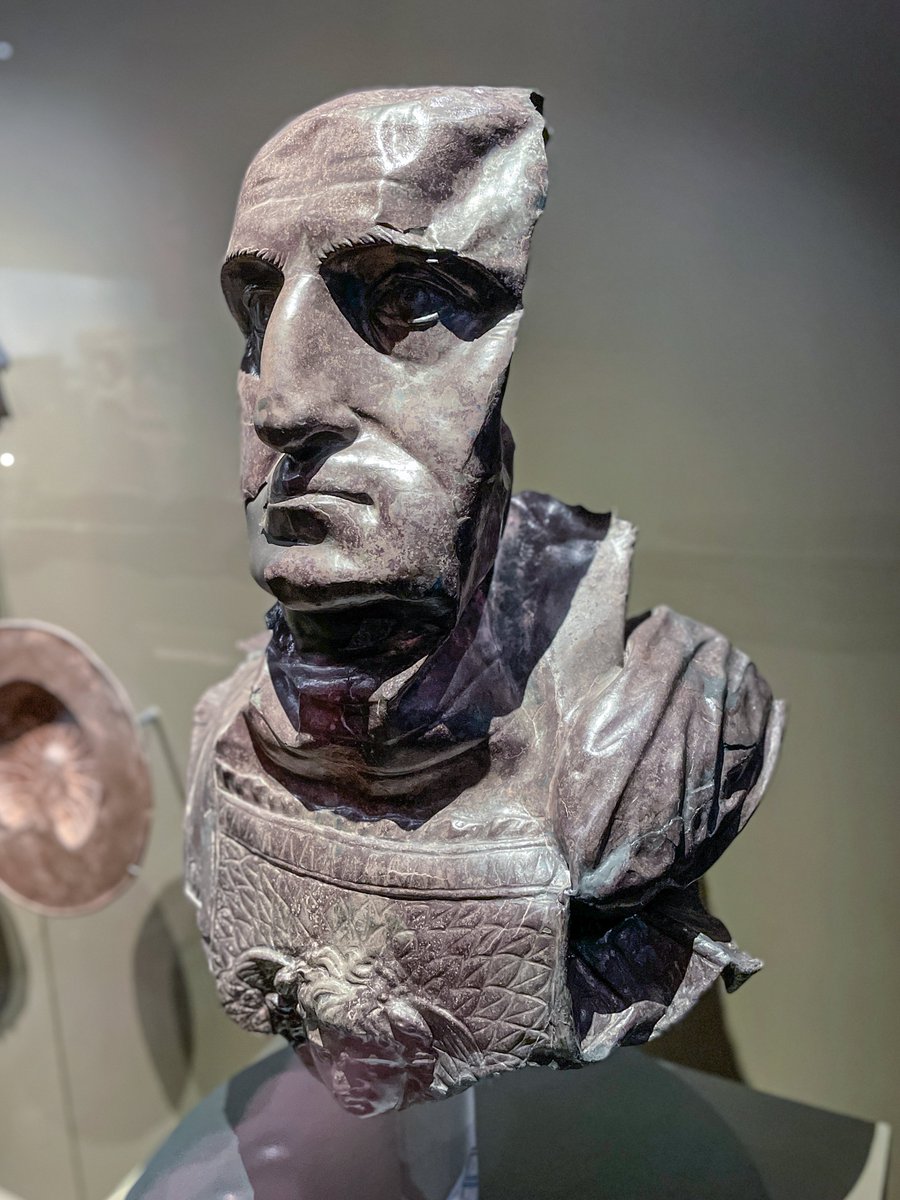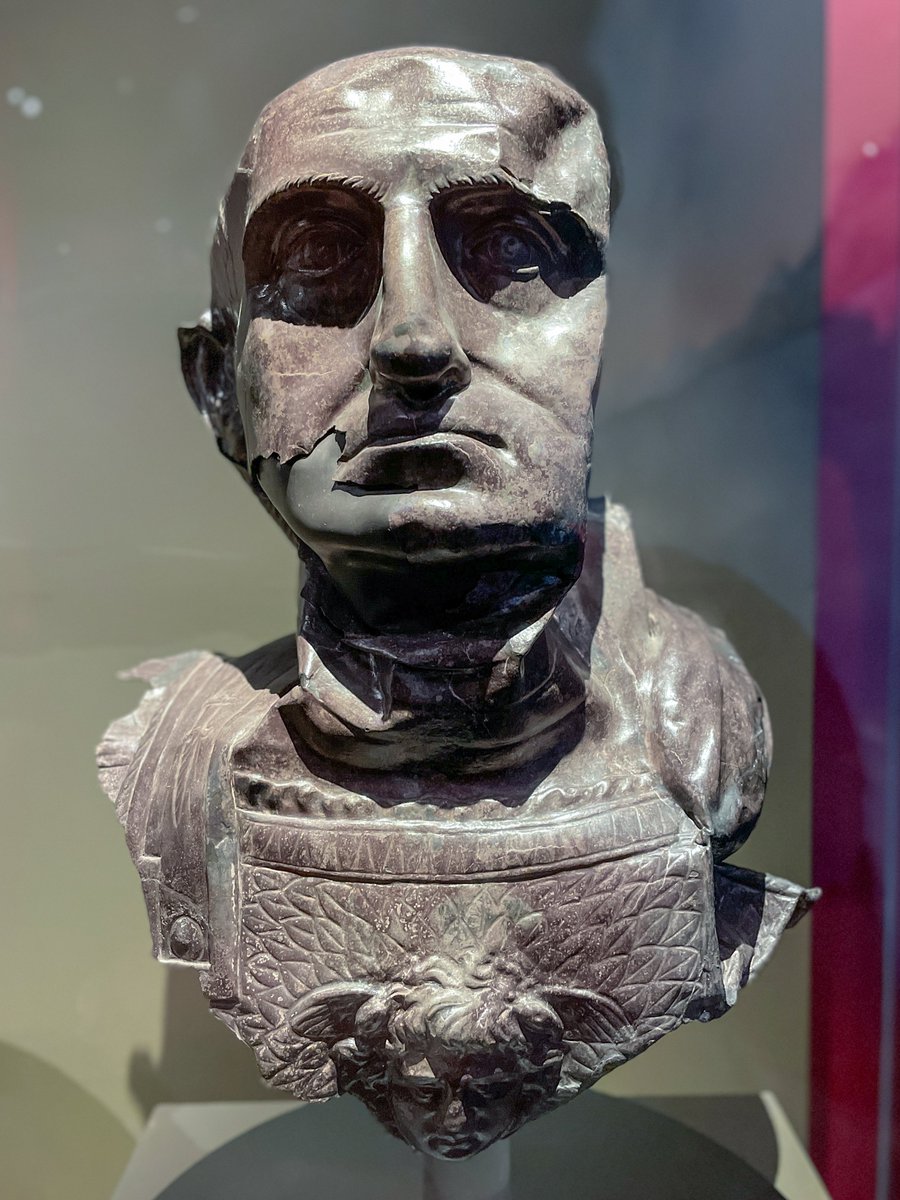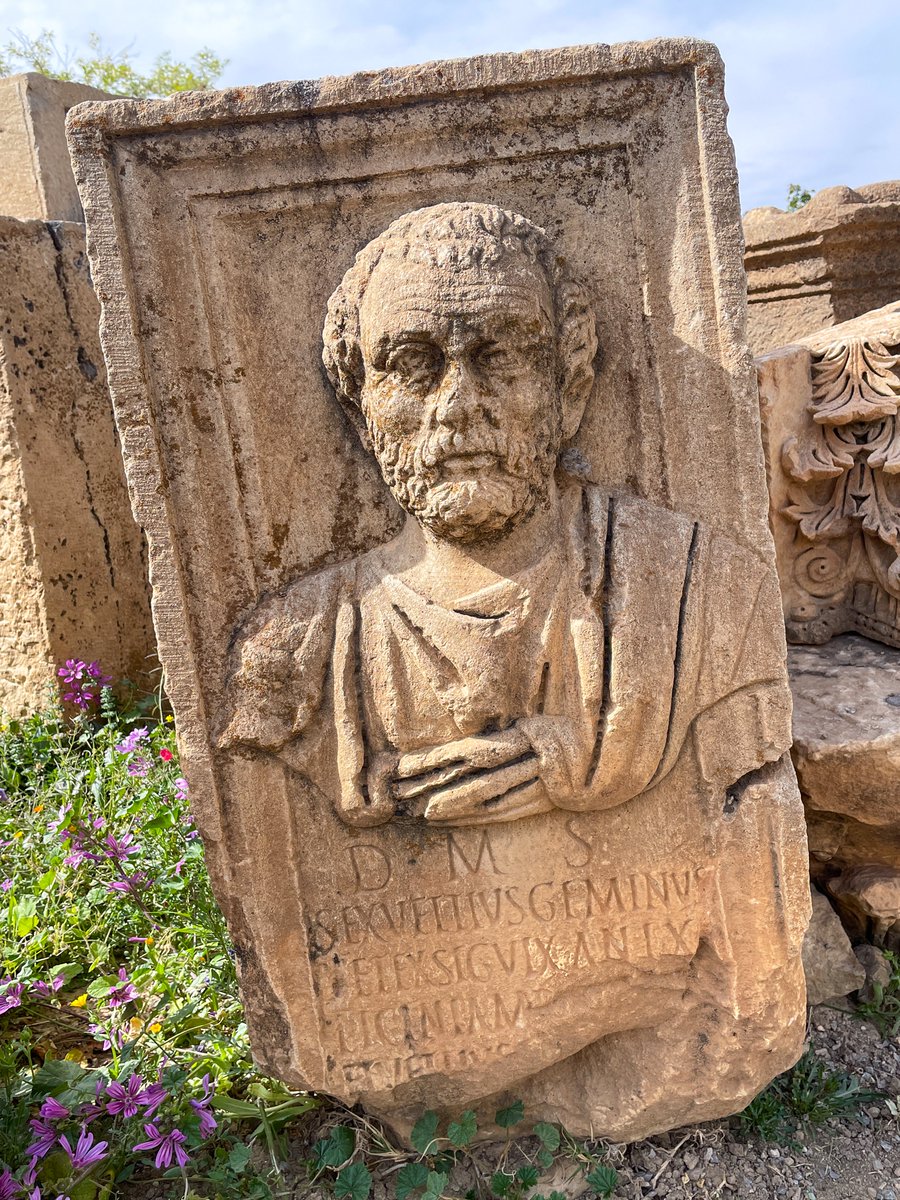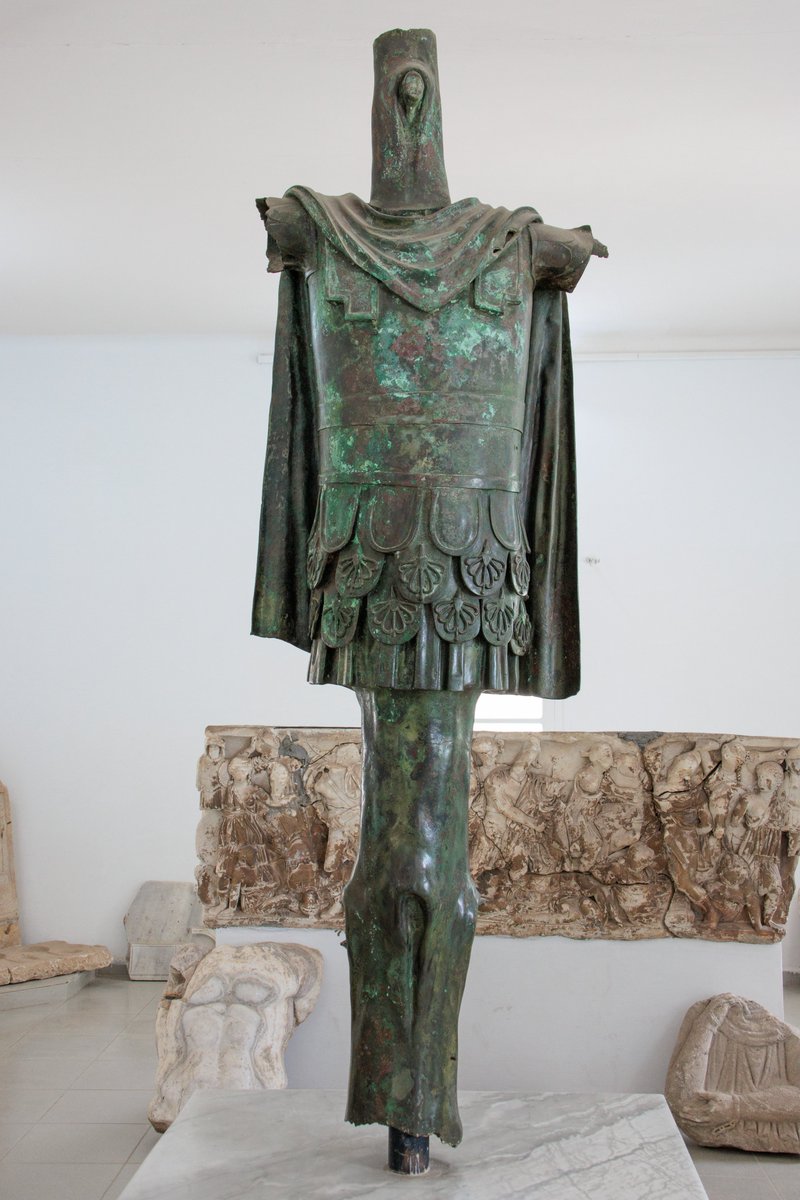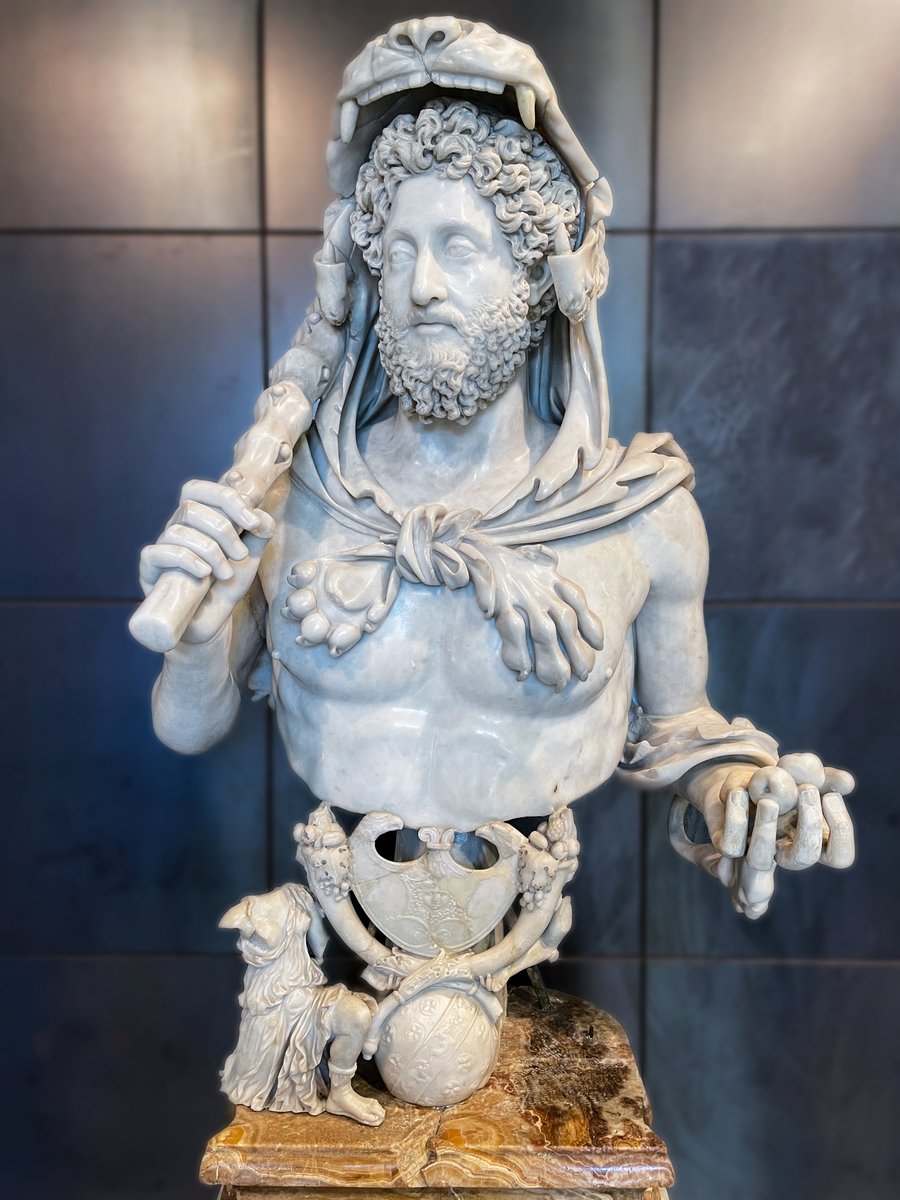New coin: Roman silver antoninianus "double denarius" of the emperor Pupienus, who ruled jointly with fellow ex-senator Balbinus for just 3 months in 238 AD. The clasped hands on the reverse intend to convince Romans of the harmony between their co-emperors... #numismatics 

Pupienus is shown around the age of 70, wearing a radiate crown as is usual on antoniani portraits. In April 238 the senate chose to elevate two of their own, Pupienus and Balbinus, in revolt against the thuggish ruler Maximinus Thrax, a move that would anger the Praetorians... 

The reverse shows the emperors’ clasped hands and proclaims their CARITAS MVTVA – “mutual charity/goodwill”. Other reverses in the same series also assure Romans of their co-rulers’ mutual love (amor), faith (fides) and pietas (duty/devotion). 

Despite his advanced age, upon his accession Pupienus quickly gathered his forces and marched north to confront Maximinus who was besieging the city of Aquileia. As they drew near, the unpopular Maximinus and his son were assassinated and beheaded by their own bodyguards. 

Returning to Rome, the city had fallen into chaos under Balbinus. The co-emperors argued and even had to live separately in different wings of the palace. By July the Praetorians had tired of the bickering rulers and instead put their lot in with the 13 year-old Gordian III. 



As was a common occurrence in these centuries, the emperors Pupienus and Balbinus were seized by their own Praetorians who dragged them naked through the streets to their camp where they were tortured and hacked to death. Pupienus and his partner had ruled for just 99 days. 

The coin is from the renowned "Benito Collection" formed by the Spanish ambassador Ramón Sáenz de Heredia y Alonso, who passed away in 2016. #roman #numismatics #coins #collecting 

• • •
Missing some Tweet in this thread? You can try to
force a refresh











